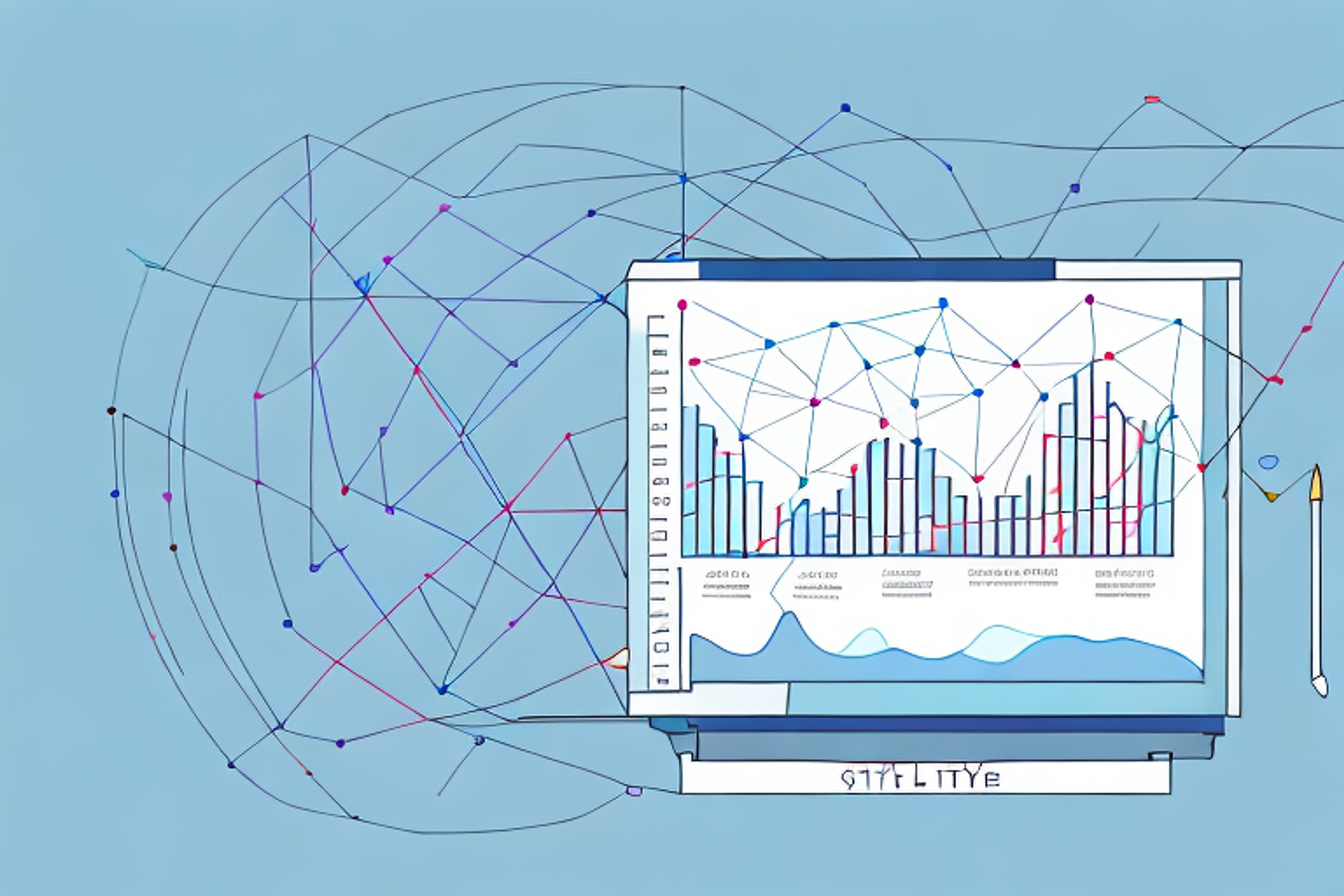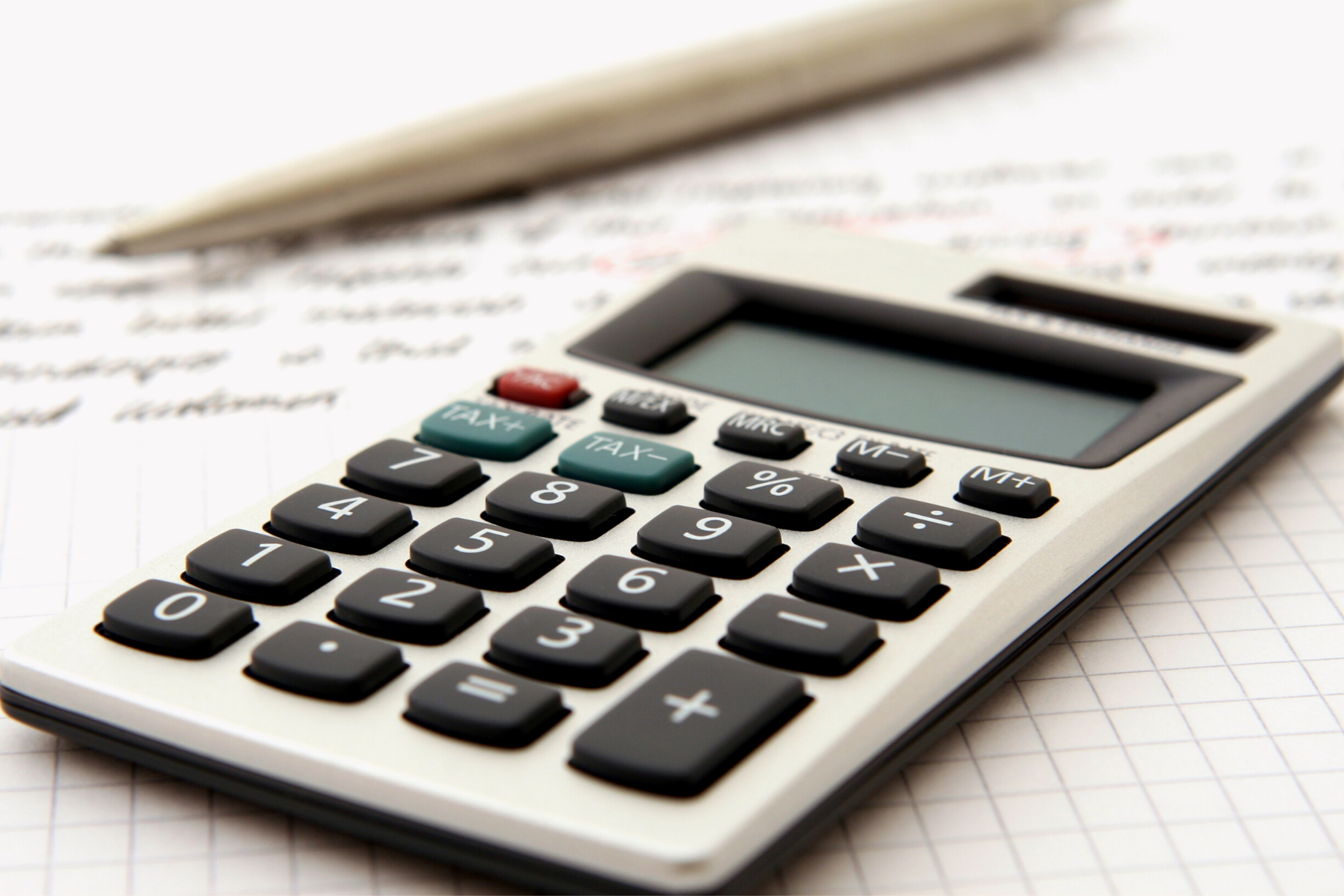How to Solve Data Sufficiency Questions in the GMAT Quantitative Section
Are you struggling with data sufficiency questions in the GMAT quantitative section? Look no further! Our comprehensive guide provides step-by-step strategies and tips to help you solve these tricky problems with ease.
Posted June 13, 2025

Table of Contents
If you're preparing to take the GMAT, you're likely anxious about the quantitative section of the exam. This portion of the test is known to cause the most concern among test takers, primarily due to the challenging nature of data sufficiency questions. However, with a little practice and some helpful strategies, you can learn how to approach data sufficiency problems with confidence and increase your chances of success. In this article, we'll explore the basics of data sufficiency questions in GMAT Quantitative Section, common mistakes to avoid, and advanced techniques to solve complex questions.
Understanding the Basics of Data Sufficiency Questions in GMAT Quantitative Section
Data sufficiency questions in the GMAT Quantitative Section are designed to evaluate your ability to analyze information and identify the minimum amount of data required to answer a question correctly. These questions typically present a scenario with two statements, known as the "stimulus," and two answer choices, referred to as the "options." Your job as a test taker is to determine whether the statements provide sufficient information to answer the question or not. You won't be required to solve the problem entirely, rather to indicate whether there is enough information for a solution or not.
It is important to note that data sufficiency questions in the GMAT Quantitative Section are not designed to test your mathematical skills, but rather your ability to reason logically and think critically. Therefore, it is essential to read the question carefully and identify the information that is necessary to solve the problem. Additionally, it is recommended to practice with a variety of data sufficiency questions to become familiar with the format and develop effective strategies for approaching these types of questions.
Tips to Approach Data Sufficiency Questions in GMAT Quantitative Section
One of the essential tips to approach data sufficiency questions in GMAT Quantitative Section is to avoid the temptation to solve the problem entirely. Instead, focus on breaking down the given information and determining its sufficiency. It's often helpful to start by analyzing each statement separately and then combining them to assess whether they provide enough data for a solution. Additionally, be sure to read the question carefully and identify what you're being asked to solve before looking at the statements. This can ensure that you don't waste time calculating unnecessary information.
Another useful tip is to pay attention to the answer choices. In data sufficiency questions, the answer choices are always the same, regardless of the question. This means that you can use them to your advantage by eliminating answer choices that are not possible based on the given information. This can help you narrow down the possible solutions and save time.
Finally, practice is key when it comes to data sufficiency questions. The more you practice, the more familiar you will become with the types of questions and the strategies needed to solve them. Make use of GMAT practice tests and study materials to hone your skills and build your confidence before taking the actual exam.
Common Mistakes to Avoid While Solving Data Sufficiency Questions in GMAT Quantitative Section
One of the biggest mistakes test takers make while solving data sufficiency questions in GMAT Quantitative Section is assuming that both statements must be true for the answer to be correct. However, only one statement may provide enough information for a solution, so it's essential to assess each statement independently. Another common mistake is forgetting to negate the answer choices when answering the question. Negating the answer choices can help you eliminate incorrect options to find the correct answer. Finally, test-taker often overlooks the wording of the question, leading to incorrect answers.
Another mistake that test takers make is not using the given information effectively. Sometimes, the question may provide extra information that is not necessary to solve the problem. In such cases, it's crucial to identify the relevant information and use it to solve the problem efficiently.
Additionally, test takers often rush through the questions without fully understanding them. It's essential to read the question carefully and understand what is being asked before attempting to solve it. Rushing through the questions can lead to careless mistakes and incorrect answers. Taking the time to understand the question can help you avoid such mistakes and improve your accuracy.
Strategies to Determine the Correct Answer in Data Sufficiency Questions in GMAT Quantitative Section
Several strategies can help you determine the correct answer to data sufficiency questions in GMAT Quantitative Section. One of the most helpful is the process of elimination. By identifying one statement that is insufficient, you can eliminate any answer choices that depend on both statements being adequate. Another strategy is to plug in numbers to test the statements. This technique can be particularly useful for algebraic problems, allowing you to substitute values for variables and determining whether the statements provide sufficient information. Finally, consider whether the answer choices make sense in the context of the question. While it's not a foolproof strategy, it can help you eliminate unlikely options.
It's important to note that data sufficiency questions in GMAT Quantitative Section are designed to test your ability to analyze information and make decisions based on that information. Therefore, it's essential to read the question carefully and identify what information is being asked for. Additionally, it's crucial to understand the concepts being tested and the types of questions that are commonly asked in this section. By familiarizing yourself with these concepts and question types, you can improve your ability to determine the correct answer in data sufficiency questions.
How to Use Process of Elimination to Solve Data Sufficiency Questions in GMAT Quantitative Section
The process of elimination is an invaluable technique when working through data sufficiency questions in GMAT Quantitative Section. This strategy involves identifying one statement as insufficient and using that information to eliminate any answer choices that depend on both statements being adequate. When using the process of elimination, be sure to consider all potential options and double-check your answer to avoid careless errors. Additionally, when eliminating answer choices, make sure to mark them clearly on the test booklet to avoid confusion later in the exam.
It is important to note that the process of elimination should not be the only strategy used to solve data sufficiency questions. It is also crucial to understand the underlying concepts and formulas being tested in each question. By having a strong foundation in GMAT Quantitative Section topics, you can more easily identify which statement is sufficient or insufficient and eliminate answer choices with confidence. Practice and familiarity with the types of questions asked in the GMAT Quantitative Section can also improve your ability to use the process of elimination effectively.
Practice Exercises for Data Sufficiency Questions in GMAT Quantitative Section
Practice exercises can be incredibly helpful when studying for the GMAT Quantitative Section and data sufficiency questions, in particular. You can find plenty of practice materials online or in related test prep books. As you complete practice exercises, make a note of any mistakes you make and review the concepts with which you're struggling. Additionally, aim to complete timed practice exercises to better simulate test conditions and work on improving your speed while maintaining accuracy.
How to Improve Your Speed and Accuracy in Solving Data Sufficiency Questions in GMAT Quantitative Section
Improving your speed and accuracy in solving data sufficiency questions in GMAT Quantitative Section is key to performing well on the exam. One way to achieve this is to practice regularly, focusing on building your familiarity with the format and various types of questions. Additionally, consider using timer apps to keep track of your timing while solving practice problems and timing yourself on each question while taking the real exam. Finally, avoid spending too much time on a single question. If you find yourself stuck, mark the question, and move on. You can always come back later if time permits.
Advanced Techniques for Solving Complex Data Sufficiency Questions in GMAT Quantitative Section
Advanced techniques can help you solve complex data sufficiency questions in GMAT Quantitative Section. These may include techniques such as utilizing substitution, eliminating redundant statements, or using shortcuts such as remembering multiplication tables or common algebraic manipulations. While advanced techniques can be incredibly useful, it's essential to master the basics before attempting to implement them and avoid using them inappropriately. Additionally, make sure to practice implementing these techniques before incorporating them into your test-taking strategy.
Best Resources and Books for Practicing Data Sufficiency Questions in GMAT Quantitative Section
Finally, several resources and books can help you practice data sufficiency questions in GMAT Quantitative Section. Two well-regarded options include the Official Guide for GMAT Review and the Manhattan Prep GMAT Strategy Guides. Additionally, online resources such as GMAT Club or Magoosh offer free practice problems and explanations to help you prepare for the exam. When selecting resources, look for those that mimic the format and types of questions found on the actual exam.
In summary, while data sufficiency questions in GMAT Quantitative Section may seem challenging, with a little practice and some helpful tips and strategies, you can learn how to approach them effectively. By mastering the basics, avoiding common mistakes, and practicing regularly, you can improve your chances of success and achieve the score you need to reach your academic and professional goals.











